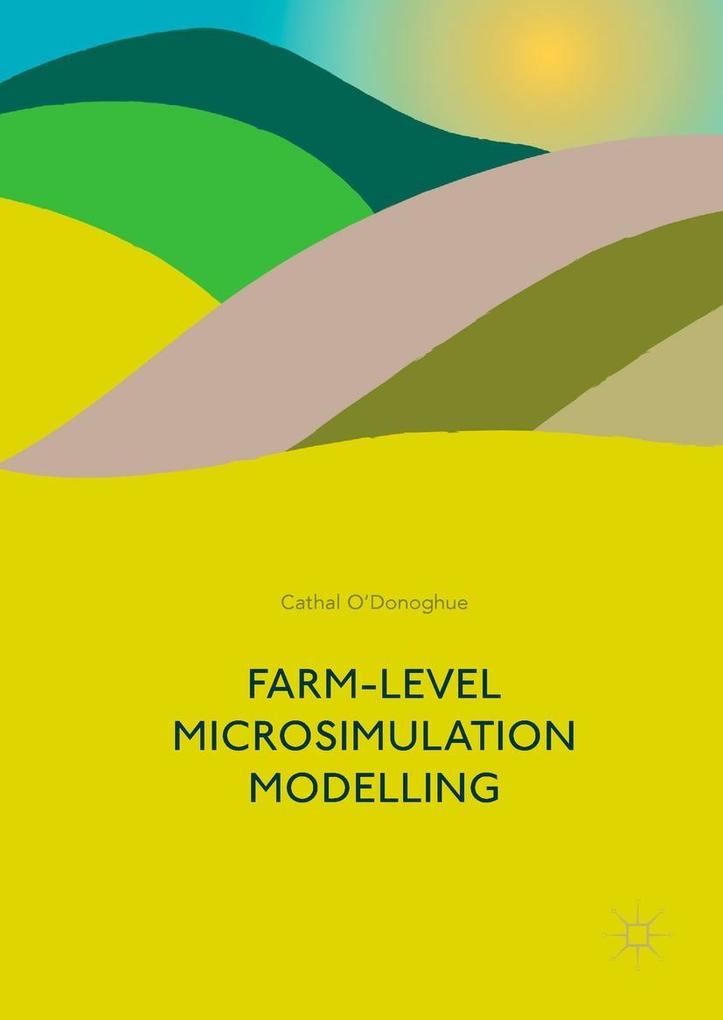This book, which is the first to be published in the emerging field of farm-level microsimulation, highlights the different methodological components of microsimulation modelling: hypothetical, static, dynamic, behavioural, spatial and macro-micro. The author applies various microsimulation-based methodological tools to farms in a consistent manner and, supported by a set of Stata codes, undertakes analysis of a wide range of farming systems from OECD countries. To these case studies, O'Donoghue incorporates farming policies such as CAP income support payments, agri-environmental schemes, forestry planting incentives and biomass incentives - in doing so, he illuminates the merits of microsimulation in this environment.
Inhaltsverzeichnis
Chapter 1. Introduction.- Chapter 2. Farm-Level Microsimulation Modelling: An Updated Survey.- Chapter 3. Static Farm Microsimulation Model: Price Impact.- Chapter 4. Hypothetical Microsimulation Modelling: Farm Taxation.- Chapter 5. Farm Subsidy Microsimulation Modelling.- Chapter 6. Spatial Microsimulation of Farm Income.- Chapter 7. Farm-Level Income Generation Microsimulation Model.- Chapter 8. Behavioural Microsimulation Modelling: Agri-Environmental Schemes.- Chapter 9. Inter-Temporal Microsimulation Model: Forestry Planting Decisions.- Chapter 10. Spatial Microsimulation Model for Environmental Policy.- Chapter 11. Farm Household Microsimulation Modelling: Viability.









